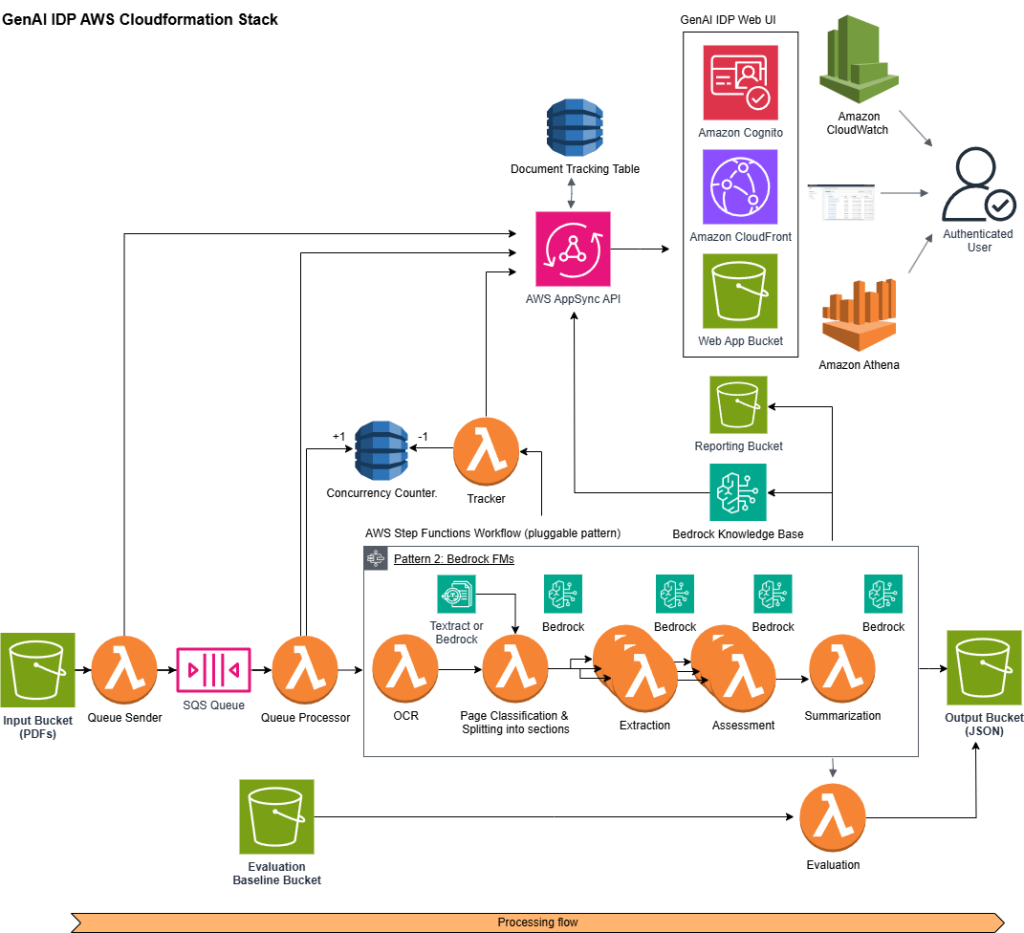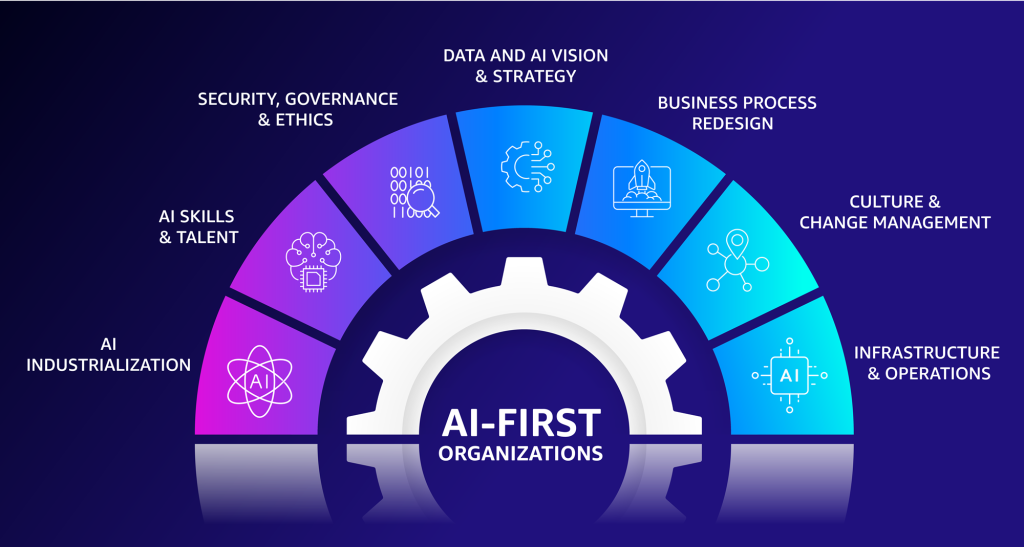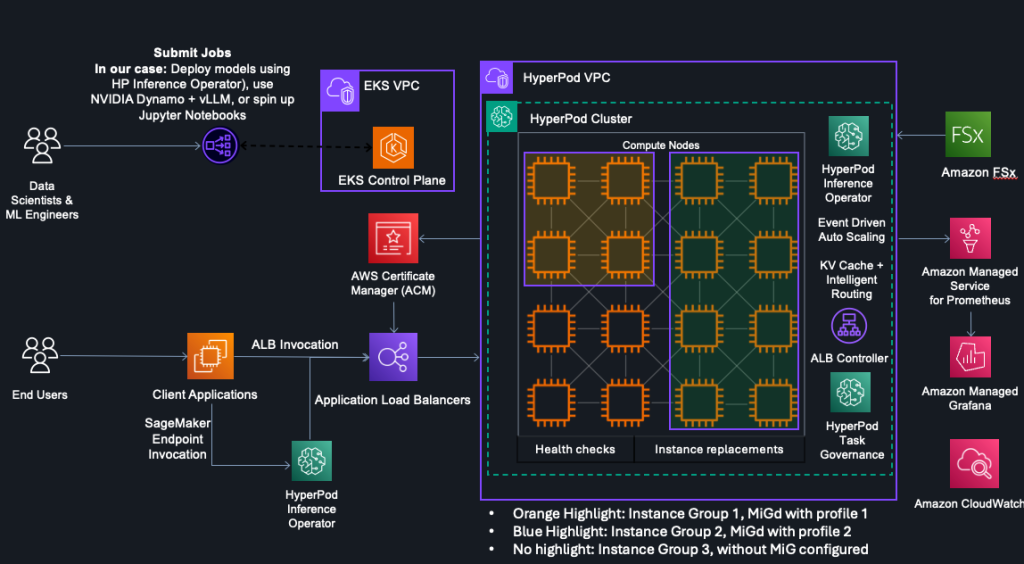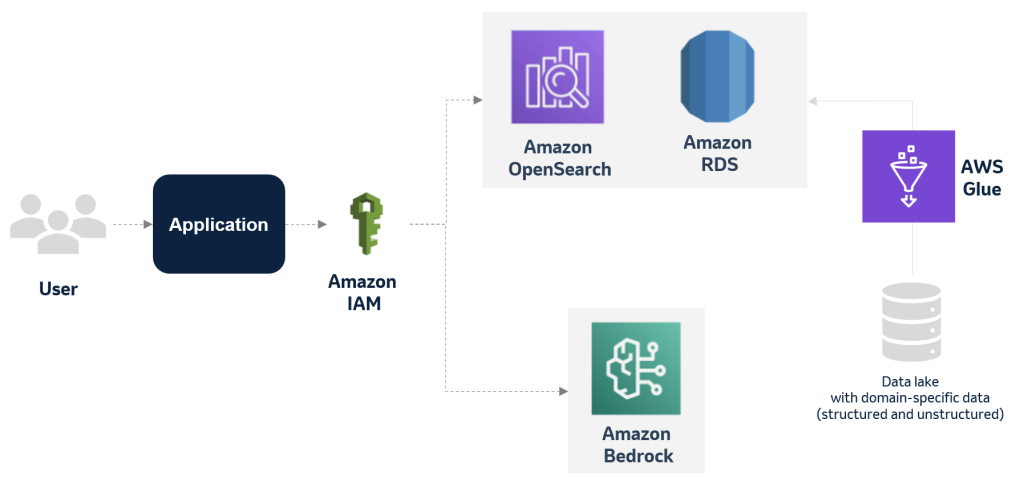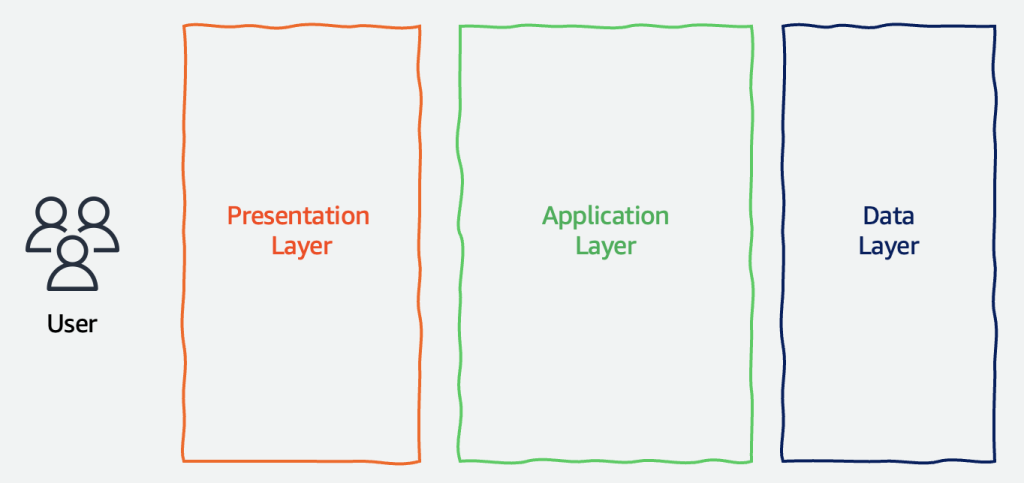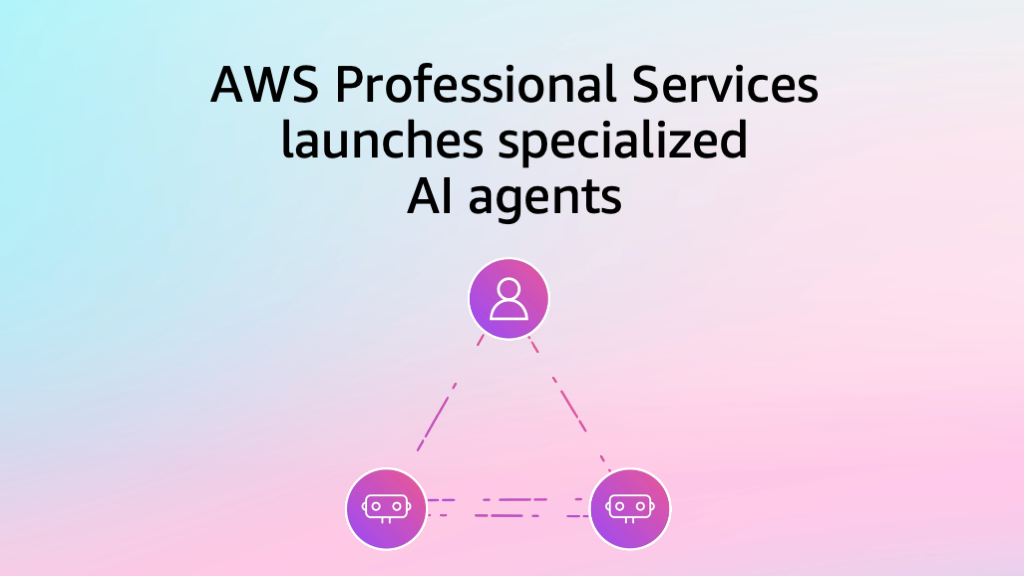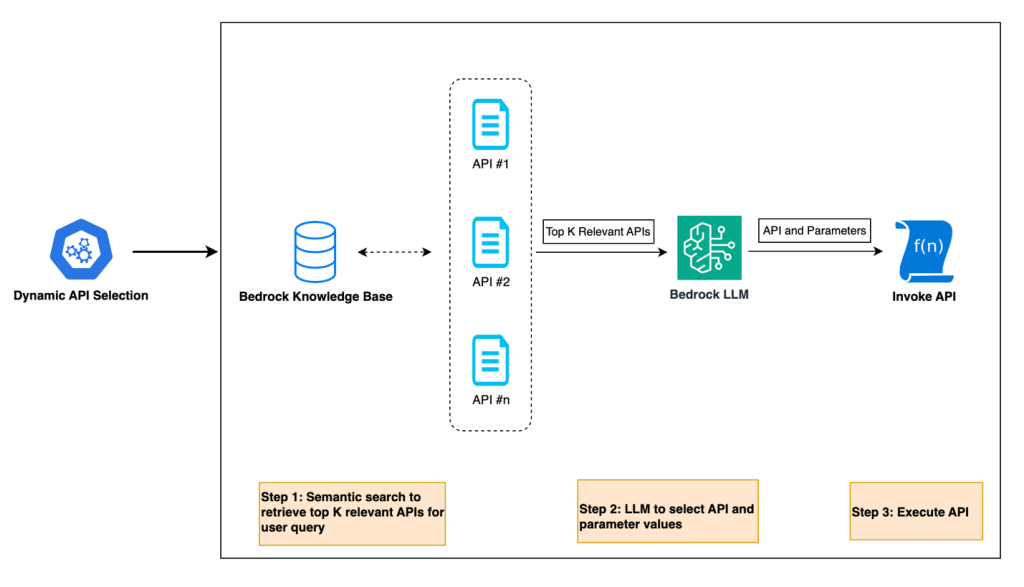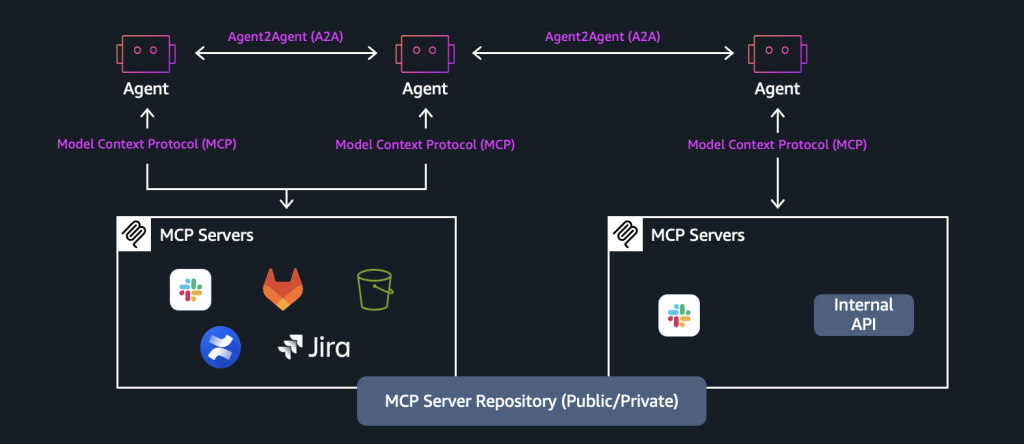Artificial Intelligence
Category: Generative AI
How Myriad Genetics achieved fast, accurate, and cost-efficient document processing using the AWS open-source Generative AI Intelligent Document Processing Accelerator
In this post, we explore how Myriad Genetics partnered with the AWS Generative AI Innovation Center to transform their healthcare document processing pipeline using Amazon Bedrock and Amazon Nova foundation models, achieving 98% classification accuracy while reducing costs by 77% and processing time by 80%. We detail the technical implementation using AWS’s open-source GenAI Intelligent Document Processing Accelerator, the optimization strategies for document classification and key information extraction, and the measurable business impact on Myriad’s prior authorization workflows.
How CBRE powers unified property management search and digital assistant using Amazon Bedrock
In this post, CBRE and AWS demonstrate how they transformed property management by building a unified search and digital assistant using Amazon Bedrock, enabling professionals to access millions of documents and multiple databases through natural language queries. The solution combines Amazon Nova Pro for SQL generation and Claude Haiku for document interactions, achieving a 67% reduction in processing time while maintaining enterprise-grade security across more than eight million documents.
Practical implementation considerations to close the AI value gap
The AWS Customer Success Center of Excellence (CS COE) helps customers get tangible value from their AWS investments. We’ve seen a pattern: customers who build AI strategies that address people, process, and technology together succeed more often. In this post, we share practical considerations that can help close the AI value gap.
HyperPod now supports Multi-Instance GPU to maximize GPU utilization for generative AI tasks
In this post, we explore how Amazon SageMaker HyperPod now supports NVIDIA Multi-Instance GPU (MIG) technology, enabling you to partition powerful GPUs into multiple isolated instances for running concurrent workloads like inference, research, and interactive development. By maximizing GPU utilization and reducing wasted resources, MIG helps organizations optimize costs while maintaining performance isolation and predictable quality of service across diverse machine learning tasks.
Accelerate generative AI innovation in Canada with Amazon Bedrock cross-Region inference
We are excited to announce that customers in Canada can now access advanced foundation models including Anthropic’s Claude Sonnet 4.5 and Claude Haiku 4.5 on Amazon Bedrock through cross-Region inference (CRIS). This post explores how Canadian organizations can use cross-Region inference profiles from the Canada (Central) Region to access the latest foundation models to accelerate AI initiatives. We will demonstrate how to get started with these new capabilities, provide guidance for migrating from older models, and share recommended practices for quota management.
MSD explores applying generative Al to improve the deviation management process using AWS services
This blog post has explores how MSD is harnessing the power of generative AI and databases to optimize and transform its manufacturing deviation management process. By creating an accurate and multifaceted knowledge base of past events, deviations, and findings, the company aims to significantly reduce the time and effort required for each new case while maintaining the highest standards of quality and compliance.
Accelerating generative AI applications with a platform engineering approach
In this post, I will illustrate how applying platform engineering principles to generative AI unlocks faster time-to-value, cost control, and scalable innovation.
Accelerate enterprise solutions with agentic AI-powered consulting: Introducing AWS Professional Service Agents
I’m excited to announce AWS Professional Services now offers specialized AI agents including the AWS Professional Services Delivery Agent. This represents a transformation to the consulting experience that embeds intelligent agents throughout the consulting life cycle to deliver better value for customers.
Harnessing the power of generative AI: Druva’s multi-agent copilot for streamlined data protection
Generative AI is transforming the way businesses interact with their customers and revolutionizing conversational interfaces for complex IT operations. Druva, a leading provider of data security solutions, is at the forefront of this transformation. In collaboration with Amazon Web Services (AWS), Druva is developing a cutting-edge generative AI-powered multi-agent copilot that aims to redefine the customer experience in data security and cyber resilience.
Introducing agent-to-agent protocol support in Amazon Bedrock AgentCore Runtime
In this post, we demonstrate how you can use the A2A protocol for AI agents built with different frameworks to collaborate seamlessly. You’ll learn how to deploy A2A servers on AgentCore Runtime, configure agent discovery and authentication, and build a real-world multi-agent system for incident response. We’ll cover the complete A2A request lifecycle, from agent card discovery to task delegation, showing how standardized protocols eliminate the complexity of multi-agent coordination.
